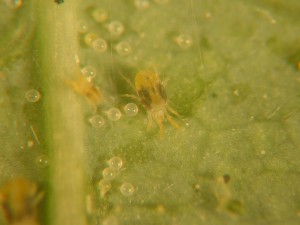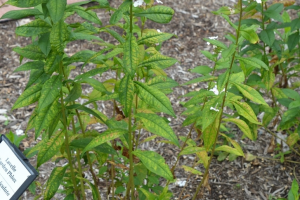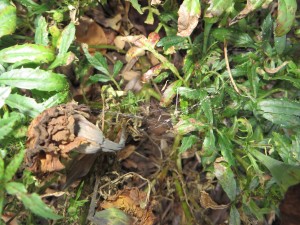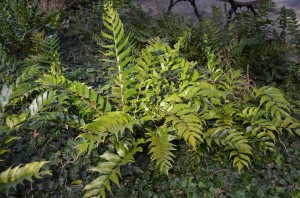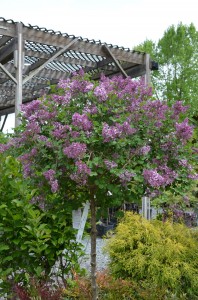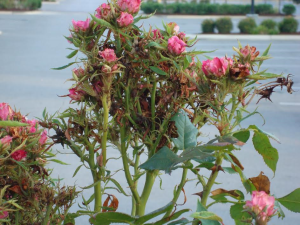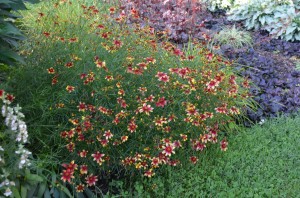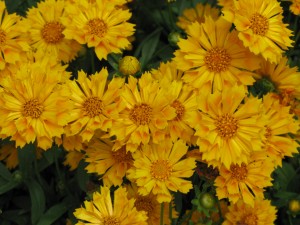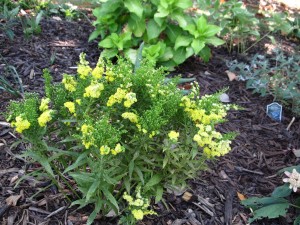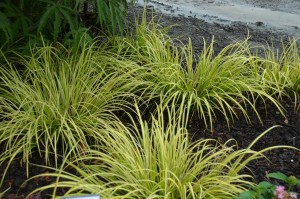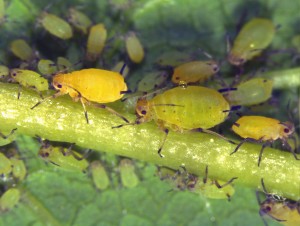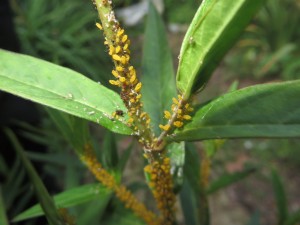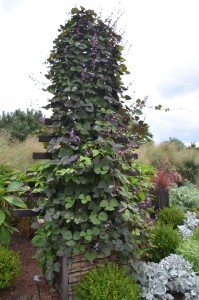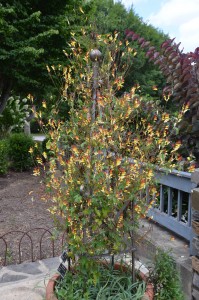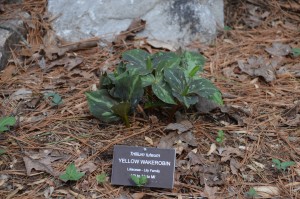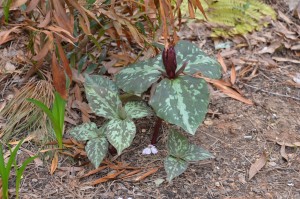Two-spotted spider mites are destructive pests that ravage a wide host of shrubs and garden plants, including certain house plants, annuals, perennials, herbs and vegetables. Many evergreens are also susceptible.
Two-spotted spider mites are warm season arachnids, not insects, and are exceptionally troublesome over a hot dry summer. They have a short lifecycle, from egg to adult can be completed in about seven days. High numbers can build up and get out of hand in less than a month.
Two-spotted spider mites have sucking mouth parts and most frequently feed on the underside of leaves, sucking out green sap which results in a mottled or flecking appearance. Severe infestations can cause leaves to drop off and massive webbing over plant foliage.
Monitor periodically to see if they are present and in what quantities. Take a clipboard with a piece of white or yellow paper. Briskly shake the flowers or foliage over the paper and inspect for mites. Adult mites are easy to spot; they will be moving and have 8 legs (insects have 6 legs). They’ll have two black spots on both sides of the abdomen. Also use a 20x hand lens for accurate identification.
A number of miticides are available but they must be applied correctly. Thorough coverage of all plant parts is essential. Many miticides are contact only, but some are translaminar, e.g. penetrate through the leaf tissue and remain active in the leaf.
Horticultural oil sprays can be used. Spray once every 7-10 days(no more) to maintain mite populations at low levels. Insecticidal soaps can also be applied. Professional miticides, not necessarily available to home gardeners, include abamectin (Avid 0.15 EC), acequinocyl (Shuttle O), bifenazate (Floramite 50 WP), etoxazole (TetraSan 5 WDG), spiromesifen (Forbid), and hexythiazox (Hexygon).
Never rely on the same miticide in the garden. Select two miticides for spider mite spray program that are different chemical classes.
Credit: Pesticide recommendations supplied by Dr. Frank Hale, University of Tennessee Entomologist, Nashville.

